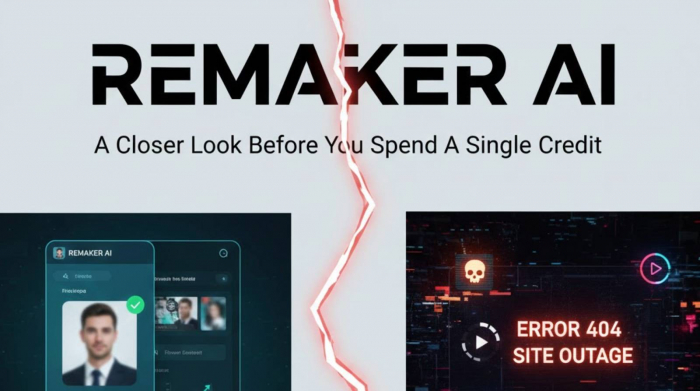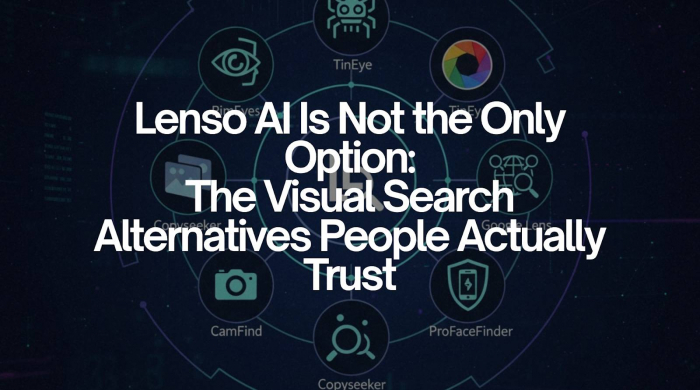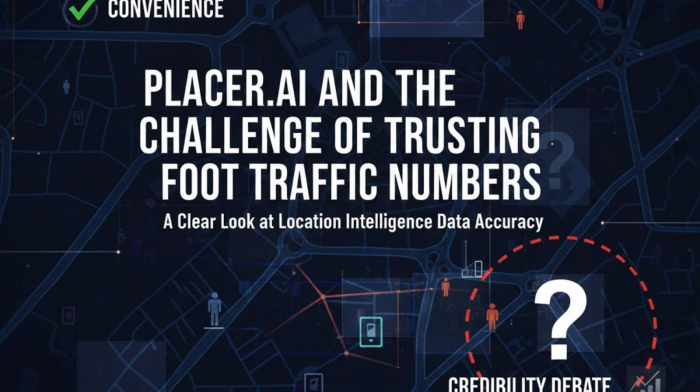I’ve been testing AI tools for years, but WebSim AI caught my eye because it claimed to do something bigger than just write or draw.

The promise? Type a description, and it spits out a working website, game, or simulation. No coding. No setup. Just prompts. I couldn’t resist giving it a try.
The First Time I Put It to the Test
I started simple. I asked WebSim to make me a photography portfolio — something clean, with image grids and a contact form. In under a minute, I had a functional layout that I could click through. That instant transformation from words to a working page felt almost unreal.
Then I tried something a bit crazier: “make me a retro space shooter game.” To my surprise, a basic but playable arcade-style game appeared on my screen. It wasn’t pretty, but it worked. That was when I realized WebSim wasn’t just another cookie-cutter website builder.
Where Things Began to Get Messy
The excitement dipped once I looked closer. Some of the layouts were inconsistent — text overlapped, buttons floated where they shouldn’t, and responsiveness was hit or miss.
The lack of precise control was another frustration. I could refine things by changing my prompts, but I couldn’t just grab an element and tweak it. For someone used to adjusting details in design tools, that felt restrictive.
And then there was pricing. I started on the free plan, which is fine for experiments. But when I looked at the paid tiers, it wasn’t obvious what exactly I’d be paying for. Later, I saw I wasn’t the only one confused — Trustpilot reviewers had the same issue.
The Parts That Genuinely Impressed Me
For all its flaws, WebSim still wowed me in certain ways. The speed is unmatched. Going from idea to working prototype in minutes felt liberating.
It also made me experiment more. I’d never think of making a quick game or interactive art project on a weekend, but with WebSim I actually did. I can see students using it for creative assignments, designers for rapid prototyping, and indie creators for testing wild ideas.
And unlike other AI builders I’ve tried, WebSim isn’t afraid of interactivity. That makes it feel less like “Wix with AI” and more like a playground for ideas.
What Other People Are Saying
I didn’t want to rely only on my own tests, so I checked feedback online.
- On Reddit, people seem both excited and skeptical. Many loved the experimental vibe but warned it’s far from polished.
- On Trustpilot, billing issues and unclear subscriptions come up a lot.
- Writers on Medium call it part of a bigger no-code revolution, even if it’s still clunky in parts.
That gave me some perspective: my mixed experience wasn’t unique.
Comparing It With Other Tools I’ve Tried
I’ve also used Framer AI, Durable, and Softr. Compared to those:
- Framer AI feels more polished, with smoother business-ready sites.
- Durable AI is great for simple landing pages with built-in copywriting.
- Softr gives more control if you want structured web apps.
WebSim? It feels different. Less about polished output, more about experimenting with interactivity. It’s fun, but rough around the edges
Where It Fits Into My Workflow
After a week of testing, here’s how I see it:
For experiments → I’d absolutely use WebSim again. It’s perfect when I want to throw an idea at the wall and see what sticks.
For client work → I wouldn’t risk it. The lack of polish makes it unreliable for professional projects.
For learning → It’s a great sandbox if you want to understand how prompts translate into design logic.
My Final Verdict
WebSim didn’t replace my need for coding, and it didn’t give me a flawless site. But it did something more interesting — it made me curious and creative again. It’s not a professional solution, it’s a playground. If you go in expecting a finished product, you’ll be disappointed. If you go in expecting to experiment, you’ll probably have a blast.
For me, WebSim AI is like sketching ideas on a napkin — messy, fast, and not final, but full of potential.
Frequently Asked Questions About WebSim AI
1. Is WebSim AI completely free?
Not really. There’s a free plan that lets you try small projects, which is great for quick tests. But once you want to save, export, or build more advanced simulations, you’ll hit the paywall. I started with free and quickly realized the limitations.
2. Can I actually use WebSim for a business website?
From my experience — no. It’s not polished enough for client-facing or business-critical sites. The layouts sometimes break, and customization is limited. I’d only trust it for experiments, prototypes, or personal projects.
3. How good is WebSim for making games?
Surprisingly fun. I managed to spin up a retro shooter in minutes. Don’t expect AAA graphics, but if you’re testing mechanics or just want something quirky, it delivers.
4. How does Websim compare with Framer or Durable AI?
Framer is cleaner and better for professional sites. Durable is fast and good for small businesses. WebSim is rougher but more creative — especially if you want games or interactive projects. I’d say WebSim feels more like a playground, while the others feel like finished products.
Post Comment
Be the first to post comment!





